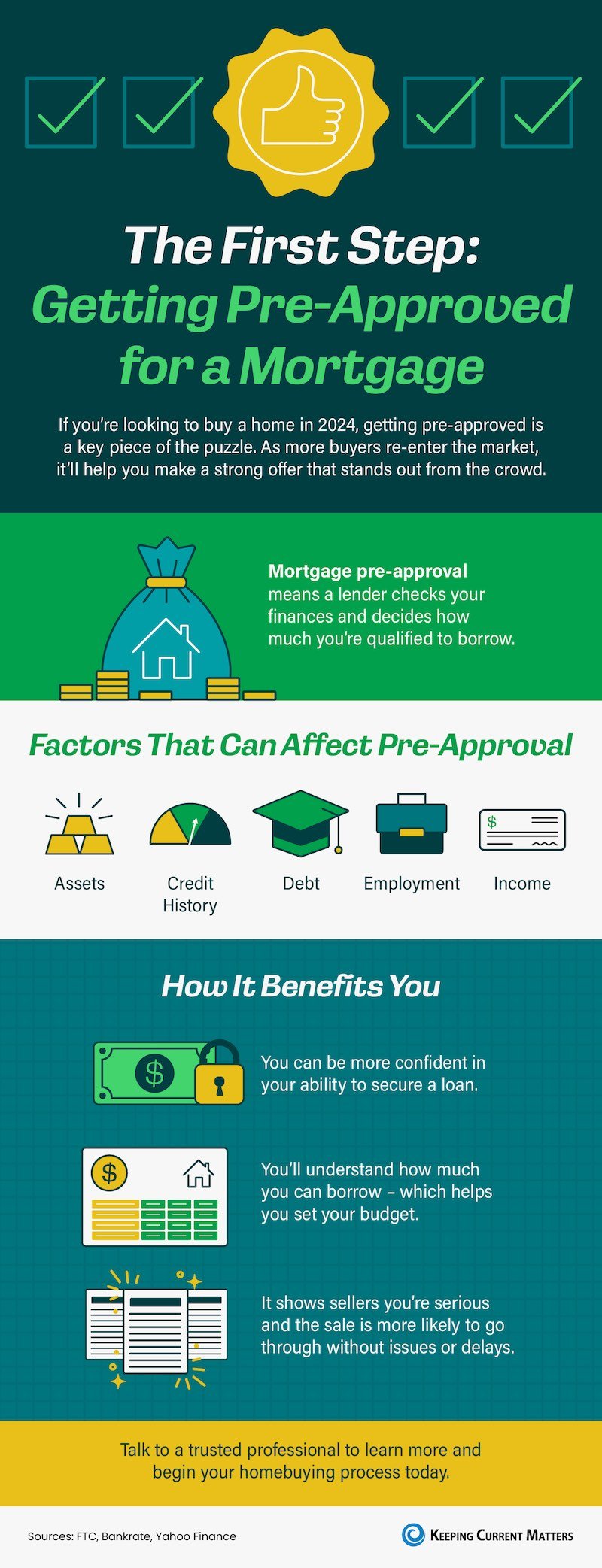The National Association of Realtors has agreed to settle litigation over commission rules for U.S. real estate agents, clearing the way for possible changes in how Americans buy and sell homes.
Last month, the National Association of Realtors announced a settlement that would resolve nationwide litigation over claims from home sellers related to broker commissions.
The $418 million settlement, and the practice changes it will usher in, have led some to speculate that real estate agents are at risk of becoming obsolete. As someone who has practiced real estate for 15 years, nothing could be further from the truth.
Members of the National Association of Realtors will continue to be the most reliable partner for the millions of Americans striving to realize the American dream through homeownership.
Specifically, the settlement will prohibit offers of compensation from being shared on multiple listing services (MLSs), the databases that show real estate brokers the properties for sale, and it will require MLS participants to enter into written agreements with their buyers.
These changes will go into effect in mid-late July 2024.
It’s important to note that the National Association of Realtors does not set commissions, and nothing in this proposed settlement would change that. Commissions would continue to be negotiable among buyers, sellers, and their brokers.
The “cooperative compensation” rule that has been subject to litigation says that selling brokers have to specify on each listing an offer of compensation to buyers’ brokers. That offer could be any amount, even zero.
Consumers continue to have options when it comes to compensating the brokers they work with. Some consumers may opt to pay a fixed fee for their broker’s services. In other cases, a seller may offer a concession on the sales price, which could be used by the buyer to help compensate their broker. And in other cases, listing agents may offer a portion of their compensation to buyers’ agents as long as the offer of compensation does not occur on an MLS.
Cooperative compensation, where the compensation a seller pays to their broker is shared, covering the cost of a buyer broker’s services, will continue to be an important option for consumers in all transactions and especially those involving lower and middle-income homebuyers, who may already have a difficult-enough time saving for a down payment.
The bottom line is that consumers will continue to be able to choose what kind of professional real estate advice they’d like–and how much, and how, they will pay for the work of a real estate professional.
Historically, nearly 90% of homebuyers have opted to work with a real estate agent or broker. That figure is unlikely to change.
Even in an era where seemingly everything can be researched and purchased electronically, the clear value added by realtors remains evident. Nine in 10 home buyers would use their agent again or recommend their agent to others.
Agents and brokers demystify local markets and neighborhoods and provide access to extensive information about available homes. We help prospective buyers determine realistic budgets and research varied financing options, including programs that may be able to help buyers with a down payment.
Seasoned agents and brokers also offer insights into property values, taxes, regulations, and zoning laws while overseeing thorough due diligence processes. And we connect buyers and sellers with other reputable real estate-related professionals such as lawyers, lenders, contractors, and inspectors–any of which can make or break a transaction.
When it comes time to make or evaluate offers, real estate professionals have a decades-long track record as skilled negotiators, ensuring that their clients submit the most competitive bids for their dream home–or hold out for what their home is really worth. And at the settlement table, we help our clients confidently close on what is likely the most significant financial transaction of their lives.
Even post-sale, real estate agents and brokers are crucial advisors for their clients, providing ongoing support, answering queries, and offering guidance as people confront the challenges and delights of homeownership.
NAR’s proposed settlement agreement and the associated practice changes will not change what makes realtors valuable: specialized knowledge, diligence, and a commitment to our clients’ best interests. And it does not change the fact that millions of people will continue to rely on us to help them fulfill their dream of homeownership.
For the original Article by Tim Hur on April 3, 2024 visit Fortune.com.










